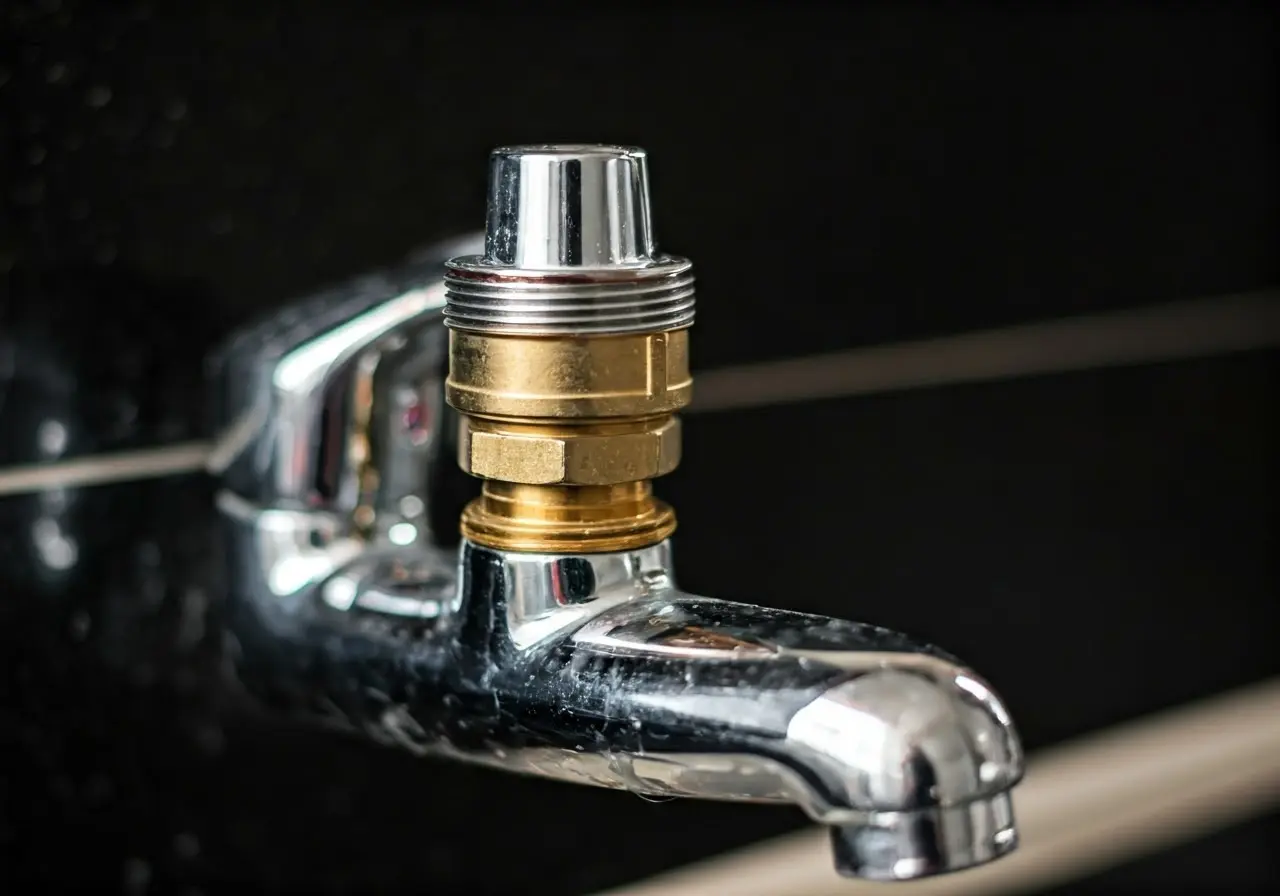Discover the impact a simple installation can have on both your water bills and the environment. Here’s why the water saving valve is making waves as a staple in eco-friendly living.
Understanding Water Consumption
Every day, the average household uses a substantial amount of water, often without realizing it. From showering to doing laundry, these activities contribute significantly to overall water consumption. Recent studies suggest that breaking down usage patterns helps highlight the areas where water is most often wasted: leaks, inefficient appliances, and overuse in watering lawns. Acknowledging these habits is the first step towards effective water conservation.
Why is it imperative that we pay attention to these patterns? Simply put, conservation leads to more sustainable resource management. As water scarcity becomes a more pressing issue globally, understanding our role in water misuse is critical. By identifying waste-prone areas like leakages and outmoded appliances, we set the stage for adopting solutions that curb unnecessary water use, ultimately benefiting not just our individual homes but the environment at large.
What is a Water Saving Valve?
You might be wondering, what exactly is a water saving valve? In essence, it’s an ingenious device designed to regulate the flow of water, ensuring that it’s used efficiently. These valves are particularly effective in minimizing water waste without sacrificing performance, as they adjust the flow automatically depending on need (CFT Energy Savings Solutions).
The operation of these valves is quite fascinating. They leverage principles of fluid dynamics to manage water pressure. By constricting or expanding based on the current flow requirements, they make sure only the needed amount of water gets used. For example, in high-pressure scenarios, the valve can restrict flow to prevent wastage while maintaining optimal use for domestic tasks.
The Benefits of Using a Water Saving Valve
The installation of a water saving valve comes with an array of benefits, starting with reduced water bills. By using less water, you naturally pay for less, allowing those savings to accumulate over time. In some cases, households have reported saving up to 30% on their monthly water bills, which is a substantial reduction (start saving with WAVE Valve).
Beyond individual economic benefits, the environmental impact is profound. By decreasing the demand for water, these valves help conserve a vital resource, mitigating pressure on local ecosystems (Smart Valve to reduce water use). Moreover, with less energy being used for heating and pumping this reduced volume of water, there are additional savings on electricity bills, highlighting the dual benefit of these eco-friendly appliances.
Installation and Maintenance Tips
One of the beauties of water saving valves is their simplicity in design, which makes them quite easy to install. You don’t need to be a plumbing expert to take advantage of this conservation tool. Generally, you can follow straightforward installation guides that come with the product, which walk you through the process step by step. However, if you feel unsure, there’s always the option of hiring a professional.
Maintaining these valves involves regular checks to ensure they’re functioning seamlessly. It’s advisable to inspect them periodically for any signs of wear or clogs, as this can impact efficiency. If you notice any drips or leaks, addressing these issues promptly will ensure that your system remains as efficient as possible.
Success Stories: Real Life Savings and Sustainability
The positive outcomes of installing water saving valves can be seen in various case studies. For instance, a municipality facing severe drought implemented these valves system-wide, resulting in a significant 30% reduction in water consumption, which helped alleviate pressure on the local water supply (story of sustainability with WAVE Valve).
In residential settings, families often praise the immediate difference these valves make, from noticeable savings on utility bills to effectively contributing to a more sustainable lifestyle. These success stories serve as an inspiration and a reminder that small changes can have a big impact.
A Small Change for a Big Impact
Embracing eco-friendly living is not just about making grand changes. Simple steps like installing a water saving valve can significantly reduce your environmental impact while saving money. It’s a small investment that offers long-term rewards for the planet and your wallet.


